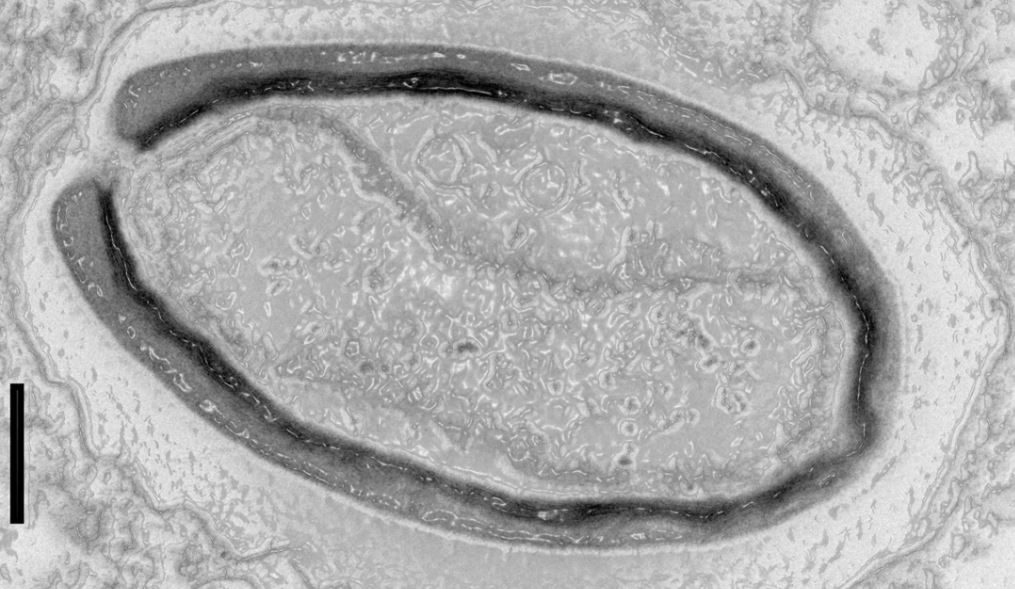
As their name implies, giant viruses are big - as big as bacteria, and more than twice the size of typical viruses, scientists have previously reported. Giant viruses have more complex genomes than some simple microbial organisms, and many of their genes code for proteins found only in giant viruses, according to past studies.
These so-called orphan genes puzzled scientists, but a new study may suggest where they come from. In three new species of Pandoraviruses - a family of giant viruses described in 2013 - these genes originated in the viruses themselves. The giant viruses were like factories, churning out novel genes and proteins - though the origin and purpose of this prolific gene creation is still a mystery, the study authors wrote.
Even before the discovery of giant viruses, viruses occupied a questionable position on the tree of life: They contain much of the cellular material found in living organisms, including DNA or RNA, but they lack cell structure and cannot replicate outside a host - two key criteria for defining life.
To date, there are four known giant virus families: Mollivirus, Megavirus, Pithovirus and Pandoravirus. Researchers recently identified three new examples of Pandoravirus from samples collected in France, New Caledonia (a French territory in the Pacific) and Australia, and all of the new Pandoraviruses contained large quantities of orphan genes and unique proteins. But these orphan genes differed among the viruses, which meant it was unlikely that they originated in a common ancestor, the scientists reported.
"Ninety percent of their proteins do not share any significant similarity with proteins of other viruses, outside of their own family, or cellular microbes," study co-author Jean-Michel Claverie, a professor of genomics and bioinformatics at the School of Medicine at Aix-Marseille University in France, said in a statement.
When the researchers analyzed the orphan genes, they compared them to other bits of the viruses' genomes. They targeted regions of DNA sequences that are noncoding, and which are found between genes - and they detected similarities to the orphans. This hinted that each virus was producing the new crop of genes from its own DNA, and that they were doing so randomly and spontaneously, according to the study.
Random mutations happen frequently in nature - spontaneous alteration of DNA plays a role in the evolution of new species. However, the new genes that giant viruses generated produced proteins that are only found in giant viruses - and nowhere else, the researchers reported.
The scientists' findings suggest that new genes and proteins are generated regularly in Pandoraviruses - a concept that could be a game changer for how this giant virus family is studied. That, in turn, may shift focus away from the evolutionary origins of the anomalous genes, Claverie said in the statement.
Moving forward, scientists would try to both unravel the molecular mechanisms that drive Pandoraviruses' prolific gene invention and identify the evolutionary forces that spurred them to become "creators of genes," Claverie added.
The findings were published online June 11 in the journal Nature Communications.



Won't be long before we start doing that. Then we'll be the giant virus.